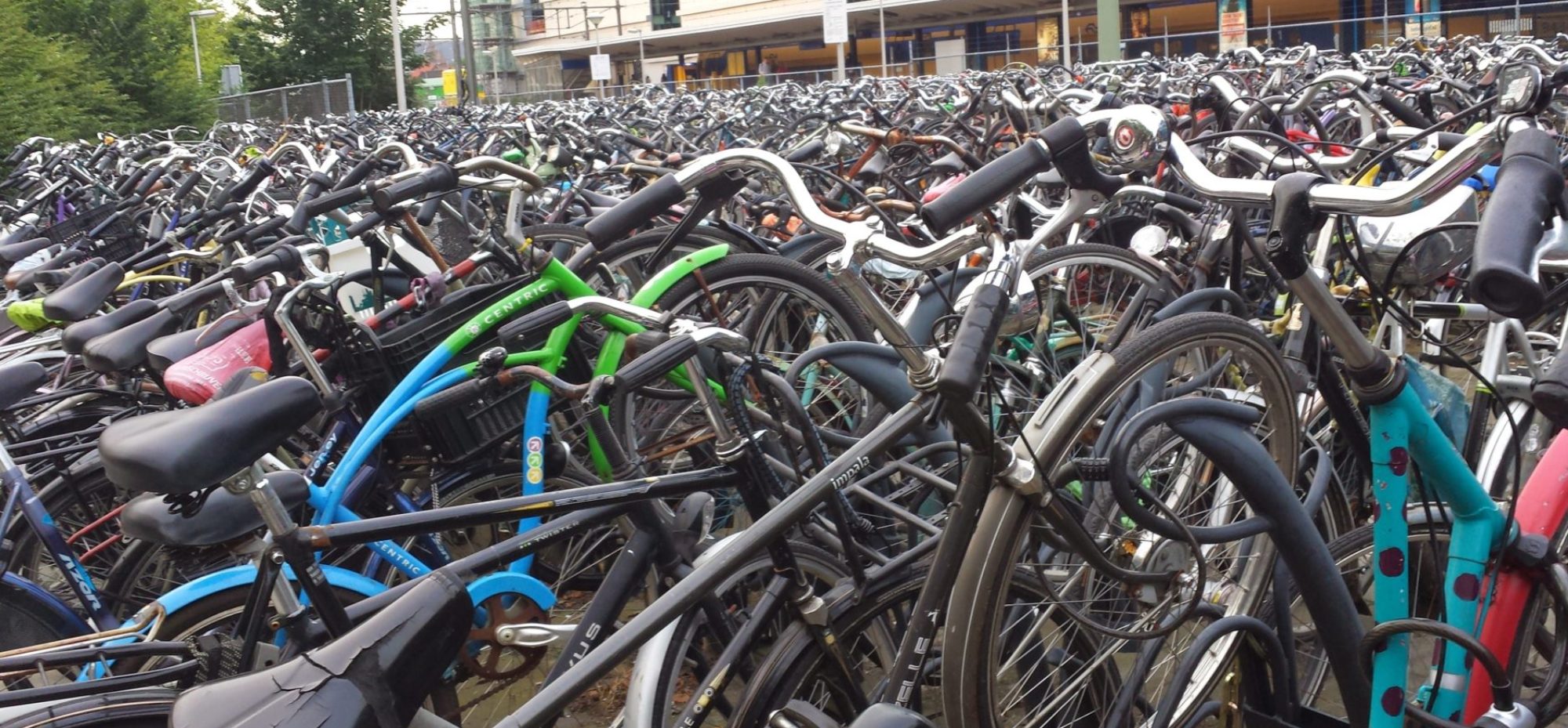There are aspects of transportation that have long been of interest to the health community, particularly in the area of safety, crash analysis and injury prevention. In addition, mobility and accessibility are crucial to a healthy lifestyle, effecting access to medical care, healthy foods and opportunities to participate in exercise and physical activity. The disperse and decentralized development patterns in most American cities and heavy reliance on the automobile mean that many spend hours a day in transit: commuting or running errands, placing time constraints that often lead to stress and leave little time for relaxation and exercise. The contributions that transport sector makes to poor air quality in urban areas have an impact on exposure rates to toxins and is related to respiratory illness, such as asthma. Now, with a global pandemic upon us, we face questions about the role of mobility in disease transmission, changes in travel patterns and activity locations, and the increasing adoption of e-commerce and delivery platforms in providing access.
In each of these areas, there is often disproportionate impact of the burdens of our transportation system on certain sectors of society, including minority and low income groups, the elderly, and the young. Our research focuses on on how we might better understand these relationships and change engineering and planning practice so that we can improve our health and well-being.
Current Projects
Consumer Responses to Household Provisioning During COVID-19 Crisis and Recovery (PI Clifton). These projects funded by the National Science Foundation and the National Institute for Transportation and Communities aim to understand how food shopping strategies have changed, the adoption use of online retailing and delivery services, and challenges in accessing food and household goods. This mixed method research deploys a multi-wave survey across 5 states to understand food shopping behaviors over 2020-2021. Qualitative interviews with older adults and their familial support are utilized to understand technology adoption process and the role of reverse mentoring of family and friends in this process. These projects are in partnership with University of Arizona and University of Oregon and include a team of planners, engineers, and public health researchers.

Publications
Singleton, P. A., & Clifton, K. J. Considering health in US metropolitan long-range transportation plans: A review of guidance statements and performance measures. Transport Policy, 57, 2017, 79–89. https://doi.org/10.1016/j.tranpol.2017.02.003
Bigazzi, Alex; Figliozzi, Miguel and Clifton, Kelly. “Traffic Congestion and Air Pollution Exposure for Motorists: Comparing Exposure Duration and Intensity,” International Journal of Sustainable Transport, 9:7, 2015, pp. 443-456, http://www.tandfonline.com/doi/pdf/10.1080/15568318.2013.805345
Voorhees, C, Yan, A., Clifton, K., Wang, MQ. “Neighborhood Environment, Self-efficacy, and Physical Activity in Urban Adolescents,” American Journal of Health Behavior, vol. 35(6), 2011. pp. 674-688. http://www.ncbi.nlm.nih.gov/pubmed/22251759
Clifton, KJ; Akar, G; Livi-Smith, A, and Voorhees, CC. “Gender differences in adolescent travel to school: exploring the links with physical activity and health.” Transportation Research Record: Journal of
the Transportation Research Board, vol. 2(46), 2011. pp. 203-212. http://trid.trb.org/view.aspx?id=1101880
Yan AF, Voorhees CC, Clifton KJ, Burnier C. “Do you see what I see? – Correlates of multidimensional measures of neighborhood form and perceived physical activity related neighborhood barriers and facilitators in minority youth,” Preventive Medicine, vol. 50(1), 2010. pp. S18-S23. http://www.ncbi.nlm.nih.gov/pubmed/19799931
Clifton, Kelly, Burnier, Carolina, and Akar, Gulsah. “Severity of injury resulting from pedestrian-vehicle crashes: What can we learn from examining the built environment?,” Transportation Research Part D: Transport and Environment, vol. 14(6), 2009. pp. 425-436. http://www.sciencedirect.com/science/article/pii/S1361920909000157
Clifton, Kelly J. Chapter 10: “Physical Activity in the Built Environment: Synthesis of a Workshop,” In Transport Survey Methods: Keeping Up with a Changing World. (ed. Bonnel, Lee-Gosselin, Zmud & Madre), Bingley, UK: Emerald Press, 2009. pp. 191-196.
Voorhees CC, Yan F, Clifton K, Wang MQ. “How does neighborhood built environment influence physical activity in urban youth? Evaluating a structural model of walking behavior pathways among African American adolescents,” Obesity, vol. 16(1), 2008. pp. s82-83.
Ries, A.V., Gittelsohn, J.G., Voorhees, C.C., Roche, K., Clifton, K., & Astone, N. “The environment and urban adolescents’ use of recreational facilities for physical activity: a qualitative study,” American Journal of Health Promotion, 23(1), 2008. pp. 43-50. http://www.ncbi.nlm.nih.gov/pubmed/18785374
Handy, Susan L. & Clifton, Kelly J. Chapter 8: “City & Regional Planners,” In Handbook of Obesity Prevention: A Resource for Health Professionals, Kumanyika & Brownson (eds.), NY, NY: Springer Publishing Co. pp. 171-192, 2007.
Clifton, Kelly J., Livi, Andrea, & Harrell, Rodney. “Healthy Urban Design: Maryland’s Smart Codes & the Pedestrian Environment,” In Incentives, Regulations & Plans: The Role of States & Nation States in Land Use Planning, (Knaap, Haccoû, Clifton & Frece (eds.), Northampton, MA: Edward Elgar Publishers, 2007. pp. 209-229.
Clifton, Kelly J. and Kreamer-Fults, Kandice. “An examination of the environmental attributes associated with pedestrian vehicular crashes near public schools,” Accident Analysis & Prevention, 39(4), 2007. pp. 708-715. http://www.ncbi.nlm.nih.gov/pubmed/17174259

